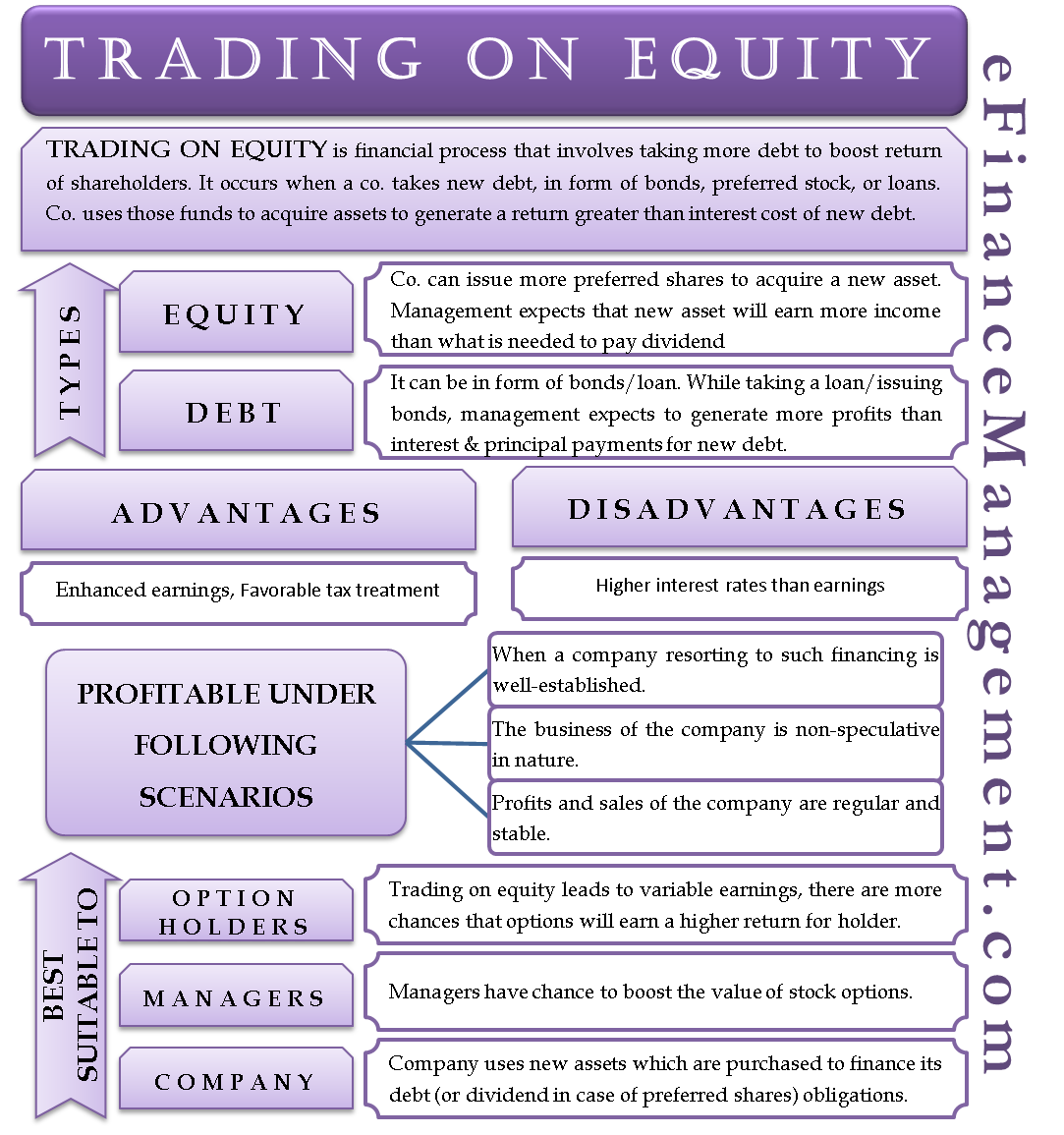
A higher ratio also shows potential creditors that the company is more sustainable and less risky to lend future loans. Companies use a combination of equity and debt tax professionals in detroit, michigan to finance their operations or invest in assets. Therefore ratios like “asset to equity,” “equity to asset,” (equity ratio), and “debt to equity” are crucial.
Suze Orman: This Is the First Bill You Need To Pay Each Month
While this can be a sign of potential financial instability, it might also just show that the company is aggressively leveraging debt to fuel growth. Shareholders’ equity includes Equity share capital, retained earnings, treasury stock, etc., and Total assets are the sum of all the non-current and current assets of the company. It should be equal to the sum of shareholders’ equity and the total liabilities. The Assets to Equity Ratio shows the relationship of the Total Assets of the Firm to the portion owned by shareholders and is an indicator of the level of the company’s leverage. This is measured using the most recent balance sheet available, whether interim or end of year.
When a Company Liquidates
Companies with a strong equity ratio are in a position to make significant investments required to meet their sustainability goals. While discussing financial measures like the equity ratio, it’s essential to understand its role within a broader context, such as Corporate Social Responsibility (CSR) and sustainability efforts. In this section, we will discuss how a healthy equity ratio can serve as a sturdy backbone for these initiatives. In diving into the nuances of how the equity ratio impacts investment decisions, it’s important to note that investors often utilize this ratio as a crucial tool for risk evaluation. In periods of financial uncertainty or economic downturn, the equity ratio can affect the company’s operations in some important ways.
Assets to Equity Ratio
Vivek is an accomplished corporate professional with an MBA in Marketing and extensive experience in Sales & Business Development across multiple industries. As the Head of the Corporate Vertical and Workshop coordinator for Fincart, he has led numerous successful initiatives, driving growth and fostering strong client relationships. Akanksha is well-equipped to navigate the complexities of tax, estate, investment, wealth, and retirement planning.
- It also shows how much shareholders might receive in the event that the company is forced into liquidation.
- Balancing your company’s debt levels is equally important when aiming to improve the equity ratio.
- The asset/equity ratio indicates the relationship of the total assets of the firm to the part owned by shareholders (aka, owner’s equity).
- This might involve diversifying your business activities, ensuring comprehensive insurance coverage, or perhaps hedging against financial risks.
- Such companies can afford to undertake programs that may not bring immediate financial returns but can contribute significantly to societal benefits.
Risk Consideration and Return Potential

This, in turn, generally implies a low debt ratio, as the company is not heavily reliant on borrowed funds to finance its operations. Now, understanding these, the Equity Ratio calculation essentially provides a snapshot of a company’s financial leverage. The higher the ratio, the greater proportion of a company’s assets are funded by investors. In other words, the business is less reliant on lenders or other creditors to finance its operations, which is a strong sign of financial health. The equity ratio is a leverage ratio that measures the portion of assets funded by equity. Companies with equity ratio of more than 50% are known as conservative companies.
The asset turnover ratio is a financial metric that evaluates how effectively your business uses its assets to produce revenue. Like the debt-to-equity ratio, the equity ratio is important because it indicates your level of solvency. Solvency indicates whether a business can meet its debts and other financial obligations over the long-term.
This means that investors rather than debt are currently funding more assets. 67 percent of the company’s assets are owned by shareholders and not creditors. Tim’s Tech Company is a new startup with a number of different investors. Tim is looking for additional financing to help grow the company, so he talks to his business partners about financing options. Tim’s total assets are reported at $150,000 and his total liabilities are $50,000.
We are not a comparison-tool and these offers do not represent all available deposit, investment, loan or credit products. If you’re surprised that the formula is that simple, hopefully, that’s a good surprise! This is an easy number to calculate as long as you have your numbers handy from your balance sheet.

